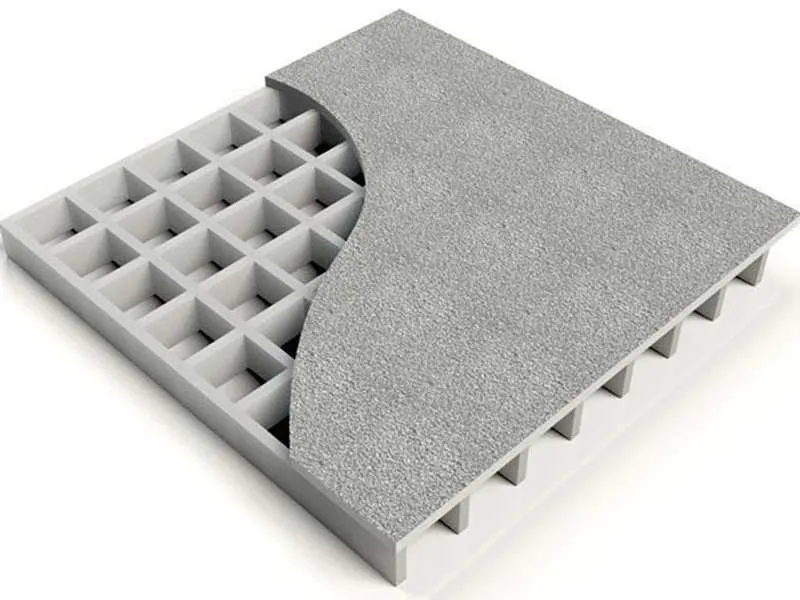
-
 Afrikaans
Afrikaans -
 Albanian
Albanian -
 Amharic
Amharic -
 Arabic
Arabic -
 Armenian
Armenian -
 Azerbaijani
Azerbaijani -
 Basque
Basque -
 Belarusian
Belarusian -
 Bengali
Bengali -
 Bosnian
Bosnian -
 Bulgarian
Bulgarian -
 Catalan
Catalan -
 Cebuano
Cebuano -
 China
China -
 China (Taiwan)
China (Taiwan) -
 Corsican
Corsican -
 Croatian
Croatian -
 Czech
Czech -
 Danish
Danish -
 Dutch
Dutch -
 English
English -
 Esperanto
Esperanto -
 Estonian
Estonian -
 Finnish
Finnish -
 French
French -
 Frisian
Frisian -
 Galician
Galician -
 Georgian
Georgian -
 German
German -
 Greek
Greek -
 Gujarati
Gujarati -
 Haitian Creole
Haitian Creole -
 hausa
hausa -
 hawaiian
hawaiian -
 Hebrew
Hebrew -
 Hindi
Hindi -
 Miao
Miao -
 Hungarian
Hungarian -
 Icelandic
Icelandic -
 igbo
igbo -
 Indonesian
Indonesian -
 irish
irish -
 Italian
Italian -
 Japanese
Japanese -
 Javanese
Javanese -
 Kannada
Kannada -
 kazakh
kazakh -
 Khmer
Khmer -
 Rwandese
Rwandese -
 Korean
Korean -
 Kurdish
Kurdish -
 Kyrgyz
Kyrgyz -
 Lao
Lao -
 Latin
Latin -
 Latvian
Latvian -
 Lithuanian
Lithuanian -
 Luxembourgish
Luxembourgish -
 Macedonian
Macedonian -
 Malgashi
Malgashi -
 Malay
Malay -
 Malayalam
Malayalam -
 Maltese
Maltese -
 Maori
Maori -
 Marathi
Marathi -
 Mongolian
Mongolian -
 Myanmar
Myanmar -
 Nepali
Nepali -
 Norwegian
Norwegian -
 Norwegian
Norwegian -
 Occitan
Occitan -
 Pashto
Pashto -
 Persian
Persian -
 Polish
Polish -
 Portuguese
Portuguese -
 Punjabi
Punjabi -
 Romanian
Romanian -
 Russian
Russian -
 Samoan
Samoan -
 Scottish Gaelic
Scottish Gaelic -
 Serbian
Serbian -
 Sesotho
Sesotho -
 Shona
Shona -
 Sindhi
Sindhi -
 Sinhala
Sinhala -
 Slovak
Slovak -
 Slovenian
Slovenian -
 Somali
Somali -
 Spanish
Spanish -
 Sundanese
Sundanese -
 Swahili
Swahili -
 Swedish
Swedish -
 Tagalog
Tagalog -
 Tajik
Tajik -
 Tamil
Tamil -
 Tatar
Tatar -
 Telugu
Telugu -
 Thai
Thai -
 Turkish
Turkish -
 Turkmen
Turkmen -
 Ukrainian
Ukrainian -
 Urdu
Urdu -
 Uighur
Uighur -
 Uzbek
Uzbek -
 Vietnamese
Vietnamese -
 Welsh
Welsh -
 Bantu
Bantu -
 Yiddish
Yiddish -
 Yoruba
Yoruba -
 Zulu
Zulu
fiberglass winding machine
Fiberglass Winding Machines Revolutionizing Composite Manufacturing
In recent years, the demand for lightweight and durable materials in various industries, including aerospace, automotive, and construction, has led to a significant increase in the use of fiberglass composites. At the heart of this transformation is the fiberglass winding machine, an innovative piece of equipment designed to automate the winding process of fiberglass reinforcing materials, ensuring efficiency, accuracy, and quality.
Fiberglass winding machines operate by utilizing a robotic or automated mechanism that winds fiberglass roving around a mandrel or core in a predetermined pattern. This method is particularly advantageous for creating cylindrical components such as pipes, tanks, and tubes, which are widely used in various industrial applications. The precision of these machines allows manufacturers to produce complex shapes with consistent thickness and strength, reducing the risk of defects and minimizing material waste.
One of the key benefits of fiberglass winding machines is their ability to enhance production speed. Traditional manual winding processes can be labor-intensive and time-consuming, often resulting in increased lead times and higher labor costs. In contrast, automated winding machines can significantly increase output, allowing manufacturers to meet growing market demands effectively. Additionally, the repeatability of these machines ensures that each product adheres to strict quality standards, which is crucial in industries where safety and reliability are paramount.
fiberglass winding machine

Moreover, the integration of advanced technologies, such as computer numerical control (CNC) and artificial intelligence (AI), has taken fiberglass winding to the next level. These technologies enable real-time monitoring and adjustment of the winding process, ensuring optimal performance and reducing human error. Manufacturers can now simulate production scenarios, assess the feasibility of designs, and make necessary adjustments before actual production, thereby saving significant time and resources.
The versatility of fiberglass winding machines is another major advantage. They can be configured to work with various types of fiberglass materials, such as E-glass and S-glass, and can accommodate different winding patterns and speeds. This adaptability makes them suitable for custom projects and small batch productions, allowing companies to stay competitive in a dynamic market.
In conclusion, fiberglass winding machines are an essential innovation in the manufacturing of composite materials. By improving efficiency, ensuring consistent quality, and reducing production costs, these machines are not only meeting current industry needs but also paving the way for future advancements in material science and engineering. As industries continue to evolve, the role of fiberglass winding technology will undoubtedly expand, offering exciting possibilities for manufacturers and consumers alike.
Latest news
-
Exploring the Benefits of Top Hammer Drifter Rods for Enhanced Drilling PerformanceNewsJun.10,2025
-
High-Precision Fiberglass Winding Machine for GRP/FRP Pipe Production – Reliable & Efficient SolutionsNewsJun.10,2025
-
FRP Pipes & Fittings for Shipbuilding - Corrosion-Resistant & LightweightNewsJun.09,2025
-
Premium FRP Flooring Solutions Durable & Slip-ResistantNewsJun.09,2025
-
Premium Fiberglass Rectangular Tanks Durable & Lightweight SolutionNewsJun.09,2025
-
Tapered Drill String Design Guide Durable Performance & UsesNewsJun.09,2025









